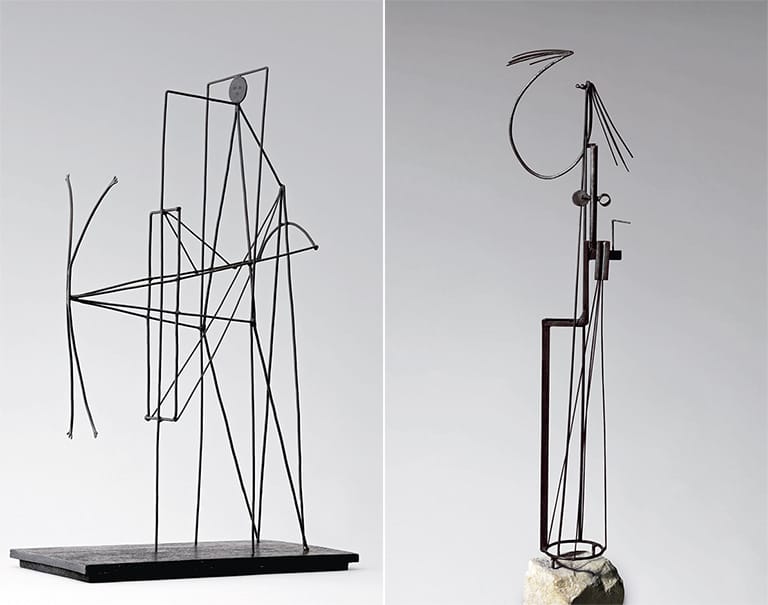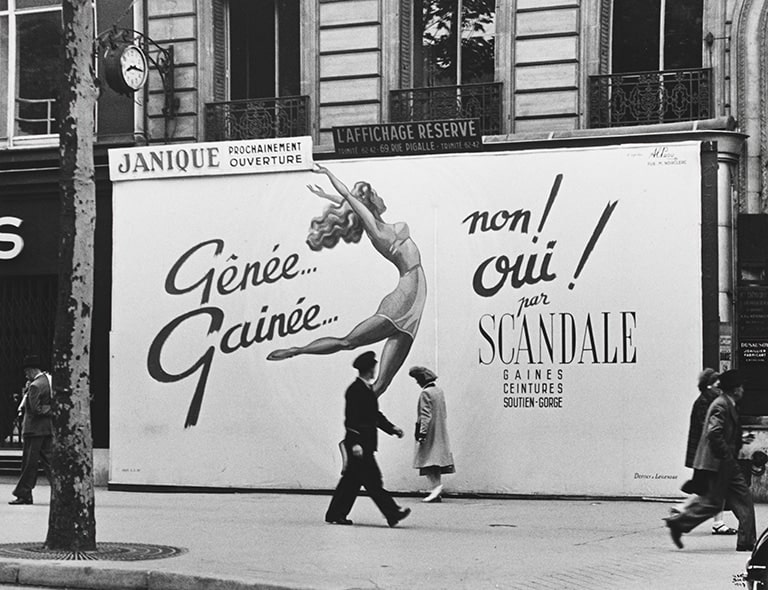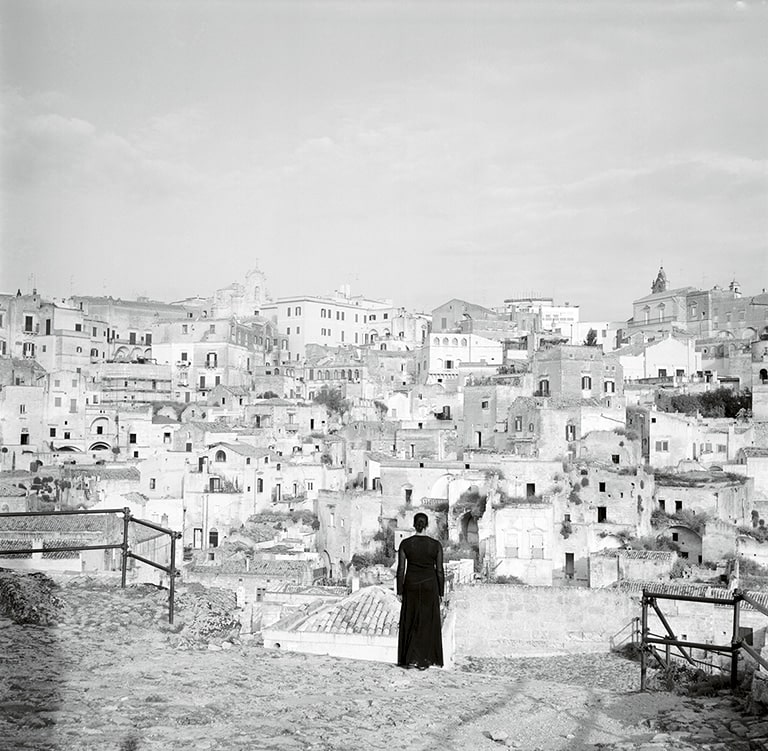La Rosa y el velocípedo

José Caballero
La Rosa y el velocípedo, 1935
© José Caballero, VEGAP. Madrid, 2020
© Fundación MAPFRE COLLECTIONS
Technique
Chinese pen ink on cream paper, 36 x 28 cm
Dimensions
Dimensions of printed area: 36 x 28 cm
Dimensions frame: 65 x 57 x 4 cm
Inventory
FM000107
Description
Between 1934 and 1937, José Caballero creates an extraordinary series of pen drawings characterized by an overflowing sense of imagination with surrealist roots, in images of impeccable technical quality and profound visual effectiveness. Noteworthy among them, along with “Puede ocurrir en cualquier momento” (It could happen any time) and La rosa y el velocípedo (The rose and velocipede) -also in the present collection-, are Los dulces placeres del sadismo (The sweet pleasures of sadism), Las enfermedades de la burguesía (The sicknesses of the bourgeoisie), Los vicios estériles (Sterile vices) and El último tranvía (The last tram).
From Huelva, Caballero arrives in Madrid in 1931, and quickly begins decisive friendship with García Lorca, Pablo Neruda and Rafael Alberti, who he meets through the activities at the Students’ Residence. Under the influence of Lorca, with whom he collaborates in the “La Barraca” university theater group and on other projects between 1933 and 1936, Caballero is introduced to an unusual vision of the wondrous within surrealism in which the component of vernacular culture plays a particularly important role.
In this drawing, which given its date and title has a foreboding quality, he turns to Andalusian processional imagery, a very Lorcaesque theme. He does so not only to call into question established morality and religion or to expose the falsity and disorder of what is conventionally considered to be stable and and organized, but, above all, to explore the imminent intrusion of the irrational, of latent and accepted violence. Situated within Caballero’s immediate surroundings in 1936, it is worth recalling that the anti-clericalism and popular culture reflected in this drawing were popular themes of the intellectual discussions held at the Residence, as seen in the works of Lorca, Buñuel and Dalí.In a broader historiographical context, it is also important to see the connection to a strong tradition in Spanish painting, whose abrasive and biting mantle the residents assumed in the famous concept of “lo putrefacto” (the putrid). This refers to the ruthless criticism of bishops and sacristies, landowners and authorities in general that derives from Andalusian baroque —-Valdés Leal-— and continues in the so-called “España negra (Black Spain)”, with the work of Regoyos and Solana.
[María Dolores Jiménez-Blanco]




